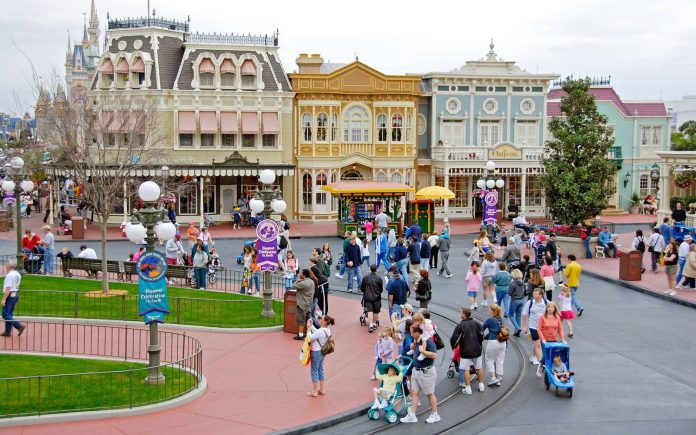Inter-departmental coordination is imperative for smart city success
Hospitality industry nonprofit Visit Orlando figures around 68 million people visited the Central Florida theme park destination in 2016. In a metro area with more than 2.3 million residents, the addition of tourists can create issues ranging from public safety to transportation. To better support its tourism-driven economy and improve quality-of-life for residents, city leaders have implemented a range of programs that fit under the smart city umbrella.
“The foundation of a smart city is the ICT, information and communications technology, that underlines everything,” Charles Ramdatt, city transportation engineering division manager, said this week during a panel at the Wireless Infrastructure Association’s HetNet Expo in West Palm Beach, Fla. “We have a great transportation fiber optic network, not so good on public safety. We are trying to make sure that before we really get too far ahead of ourselves with smart city ideas that we build that foundation” of “robust, reliant and resilient” connectivity.]
Ramdatt recalled the city’s early success in smart transportation, which was the result of a collaborative process involving the city, General Motors, rental car companies, the U.S. Department of Transportation, AAA and the University of Central Florida. “We learned in Orlando something back in the 90s. We have the largest tourist market in the world. Tourists were getting lost. We did not want that news to be TV in Tokyo, Frankfurt, Rio, London, Paris, because sometimes when tourist got lost, bad things happened.” The result was a navigational tool. But, he said, the city got sat on our hands, got fat and happy,” and lost the momentum related to that project.
Now the momentum is back and growing. About a decade ago, the city launched Green Works Orlando, a multi-pronged program meant to bring sustainability to buildings, food systems, waste management, transportation, water and other focus areas. That’s now supplemented with Smart ORL, which was launched as the result of the city receiving a pair of smart city awards from the Smart Cities Council and U.S. DoT.
In a blog post on the Brookings Institution site, Orlando Mayor Buddy Dyer wrote that, in addition to ongoing activities, “We also need to continue to evolve—both as a city and through our public programming. That means exploring innovative and smarter solutions to address key social and environmental challenges of our lifetime, from stimulating a market shift toward cleaner energy to transitioning to a more accessible and environmentally-friendly public transportation system…We’re confident that well-planned, thoughtfully-deployed digital technologies can transform Orlando. Smartphone applications will connect our residents to real-time information, such as next bus arrivals or simply finding the closest open parking spot. Our city agencies can better respond to community needs, especially our police and fire departments. Improved energy meter displays will deliver energy and water usage information directly to customers.”
Back to the Smart Cities Council. That group’s Executive Director Jason Nelson took part in a panel discussion with Ramdatt during the HetNet Expo. He explained the two primary challenges his organization works to help cities address. “One is certainly procuring technology. Often times a lot of city leaders are not technologists. There’s a large education step that needs to happen. The second challenge that we try to work on is we try to help them work on the sort of fractured…environment. It’s not DoT versus public works versus utilities versus public safety, but it’s, in fact, city wide.”
Ramdatt echoed that sentiment. “This needs to be high-level…try to understand how you have a master plan…so they don’t get stuck in the minutia. We’re doing that in Orlando.”

